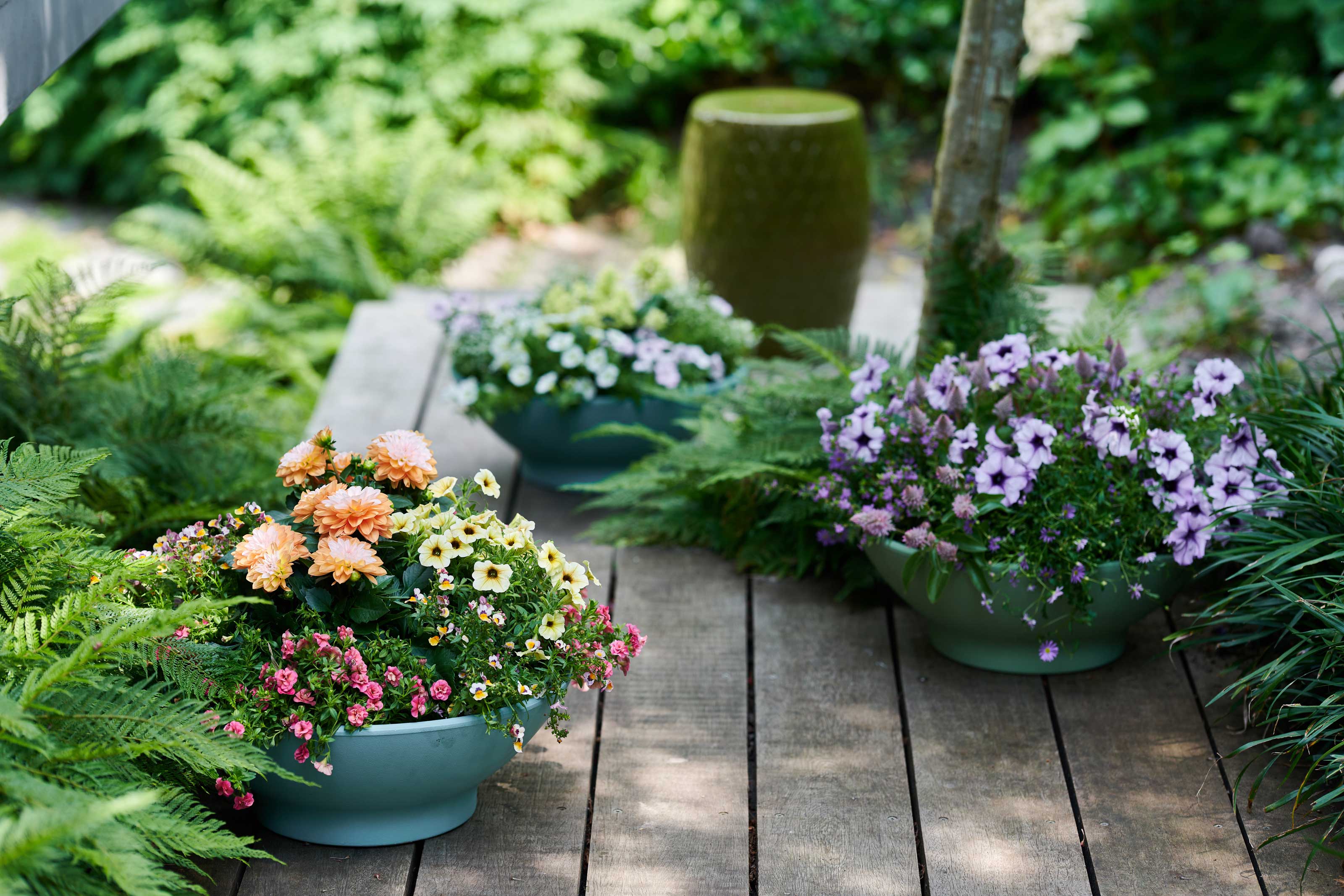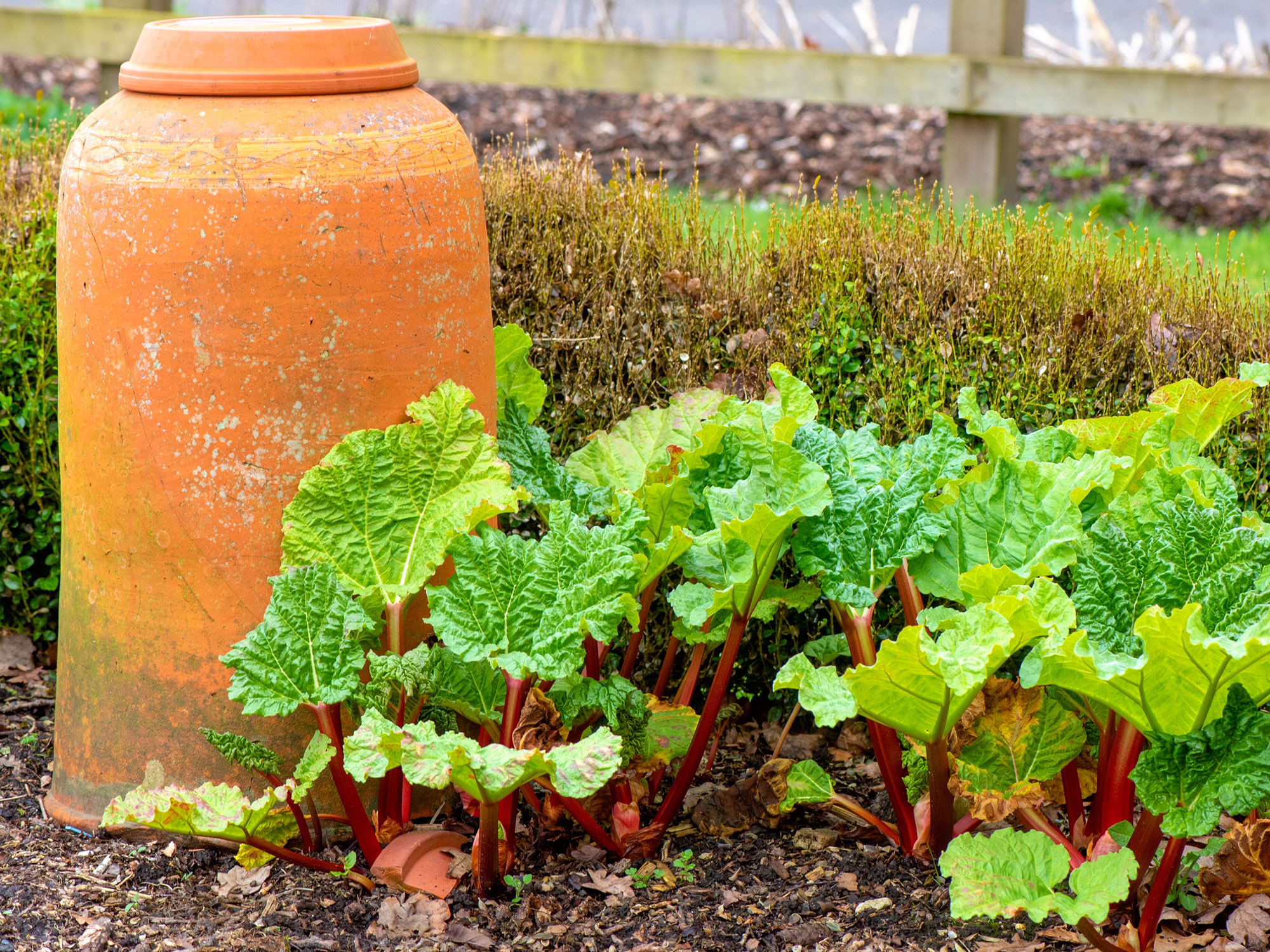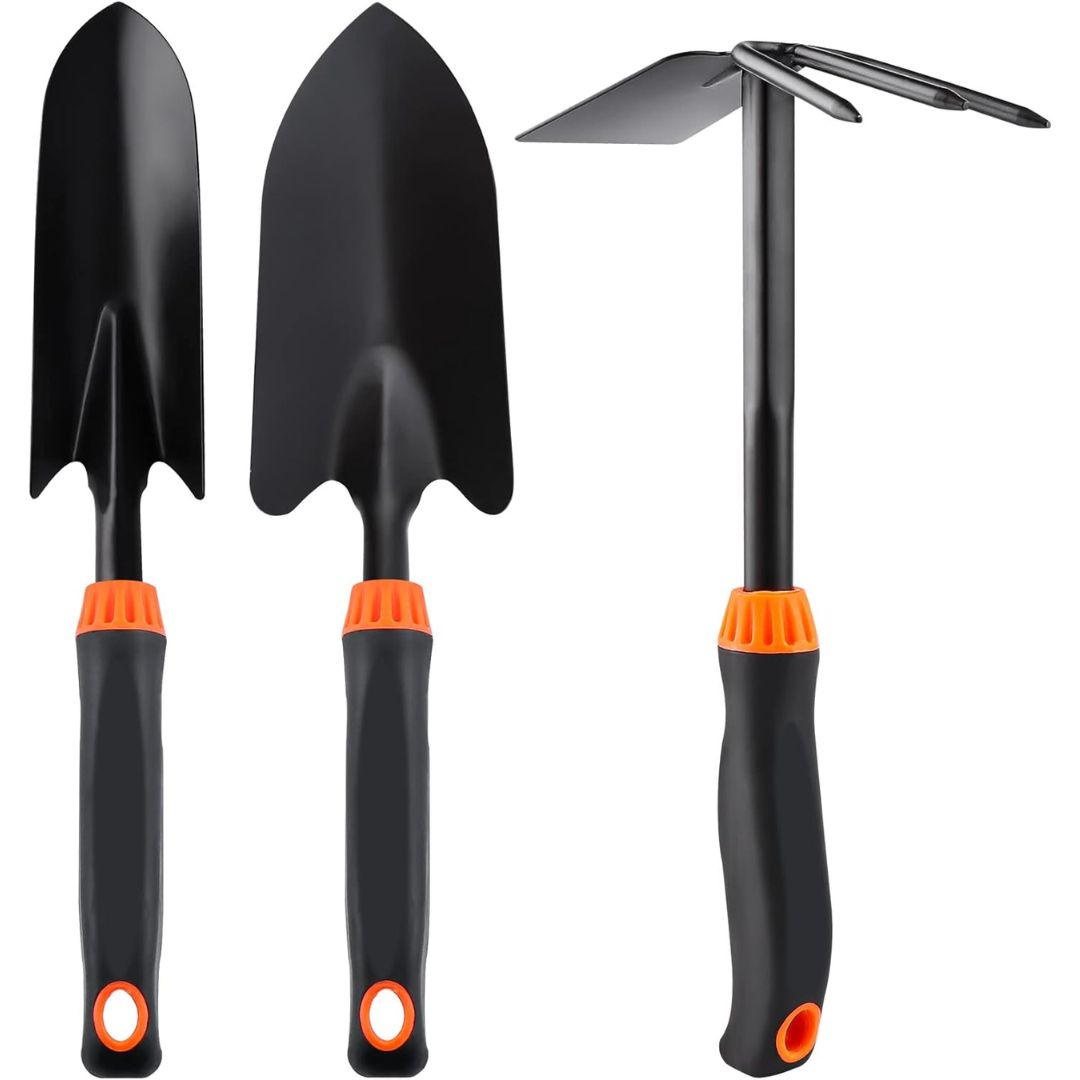5 Genius Gardening Techniques We Learnt This Year — 'The Secret to the Lushest Backyard,' say top gardeners
Some old and some fairly new, these interesting gardening and planting techniques offered to us this year guarantee the healthiest greenery


Whether you're starting a new garden, adding crops to the backyard, creating fresh plant beds, or simply working on making your grass look more lush, these fantastic ideas suggested by top experts are worth taking note of. Some of these practices date back centuries and have proven to be exceptional for the garden's health and visuals.
So before you start digging or buying new plants, take a look at these highly recommended gardening techniques and make your backyard the heart of the home.
1. Lasagna Gardening

This technique is exactly how it sounds – like the delicious Italian pasta that is made in layers. This no-dig technique of lasagna gardening involves layering organic matter on top of each other to create a healthy and rich soil bed. This way, you can improve your vegetable and flower beds, and also boost the soil structure.
'The layers of organic matter will eventually eliminate existing weeds and prevent new growth, and you will have to spend less time weeding and more time enjoying your garden,' says Richa Kedia, garden expert and founder of Simplifyplants & Nurserylady. 'And finally, it is an affordable way to start a garden, as it requires minimal equipment and can be done using readily available materials.'
2. Companion gardening

Want to induce more color and variety in your garden? Consider companion gardening. This technique involves pairing different plants together and placing them in close proximity for added depth and fresh palettes for your flower beds.
'The beauty of this idea is that it can be used in any type of garden - from containers to flower beds and even vegetable allotments,' explains Lina Cowley, gardener and plant expert at Trimmed Roots. It also makes a great underplanting technique as an alternative to bare soil. This technique can improve soil health, control pests, and increase yields in a vegetable garden. In flower beds, it can attract beneficial insects. Some great companion plants are marigolds (which are said to help repel some pests, as well as attract pollinators), nasturtiums (which act as a trap crop for aphids and other pests), and chives (which are said to help deter pests and repel some diseases).
3. Biodynamic gardening

To boost your garden's health, have you ever considered planting by the moon or crop rotation? Now this may sound like crazy talk but biodynamic gardening is all about using natural methods. From regenerative planting to paying attention to lunar cycles, this holistic approach has many different facets. According to Richa, gardening expert and founder of Nursery Lady, it's about creating a self-sustaining ecosystem. 'It uses natural preparations from plants, minerals, and manure to enhance soil fertility and plant growth,' she says. 'Gardeners work to create a closed system where everything is recycled, and nothing goes to waste.'
The Livingetc newsletters are your inside source for what’s shaping interiors now - and what’s next. Discover trend forecasts, smart style ideas, and curated shopping inspiration that brings design to life. Subscribe today and stay ahead of the curve.
One easy way to practice this is by using biodynamic sprays that act as a kind of fertilizer, to improve nutrient absorption, and enhance disease resistance. Another way relates to the moon phases. As per experts, a period known as moon waxing is the ideal time to plant seeds that have crops above ground, while root crops should be planted when a full moon has passed and is diminishing. Compared with modern gardening methods that include the use of chemicals, there's a lot of love for biodynamics and the sustainable living it promotes.
4. Hugelkultur

This century-old tradition of Hugelkultur originated in Eastern Europe and Germany, is a practice about creating no-dig, raised beds by piling up layers of organic materials such as logs, branches, leaves, grass clippings, and compost. The idea is that over time, these raised beds will break down, providing a long-term source of nutrients and moisture for the plants growing in the bed. This method works practically anywhere. In dry climates where you get very little rain, this style of gardening should work for you because of the 'sponge' effect it creates with the decaying wood. In colder regions, this style of gardening gives you a longer growing season.
'It’s best to grow vegetables that grow above the soil rather than root varieties as you won’t have to dig up the layers when harvesting,' says Chris Bonnett, founder of Gardening Express. 'Tomatoes are a great vegetable to grow with this method, as they’re a hungry crop and your hugelkultur bed will provide it with plenty of nutrients to help it thrive.'
5. Overseeding

Is your lawn developing bald spots? This could lead to a messy backyard that also is a breeding ground for weeds. Enter overseeding. 'Overseeding consists of sowing new seeds over an existing lawn,' says Chris. 'It’s a great way to help get fuller-looking grass without having to tear up any existing turf or soil. It’s also the perfect option for those looking to treat their grass without any harsh chemicals and fertilizers.'
Some of the best grasses for overseeding are Kentucky bluegrass, Tall fescue, Perennial ryegrass, and Annual ryegrass. 'Improving your lawn's overall health through overseeding can make it harder for weeds and moss to return,' says Reese. 'You can create a dense carpet of grass that makes it difficult for weeds and moss to grow.'
3 products that will aid in gardening

Aditi Sharma Maheshwari started her career at The Address (The Times of India), a tabloid on interiors and art. She wrote profiles of Indian artists, designers, and architects, and covered inspiring houses and commercial properties. After four years, she moved to ELLE DECOR as a senior features writer, where she contributed to the magazine and website, and also worked alongside the events team on India Design ID — the brand’s 10-day, annual design show. She wrote across topics: from designer interviews, and house tours, to new product launches, shopping pages, and reviews. After three years, she was hired as the senior editor at Houzz. The website content focused on practical advice on decorating the home and making design feel more approachable. She created fresh series on budget buys, design hacks, and DIYs, all backed with expert advice. Equipped with sizable knowledge of the industry and with a good network, she moved to Architectural Digest (Conde Nast) as the digital editor. The publication's focus was on high-end design, and her content highlighted A-listers, starchitects, and high-concept products, all customized for an audience that loves and invests in luxury. After a two-year stint, she moved to the UK and was hired at Livingetc as a design editor. She now freelances for a variety of interiors publications.


